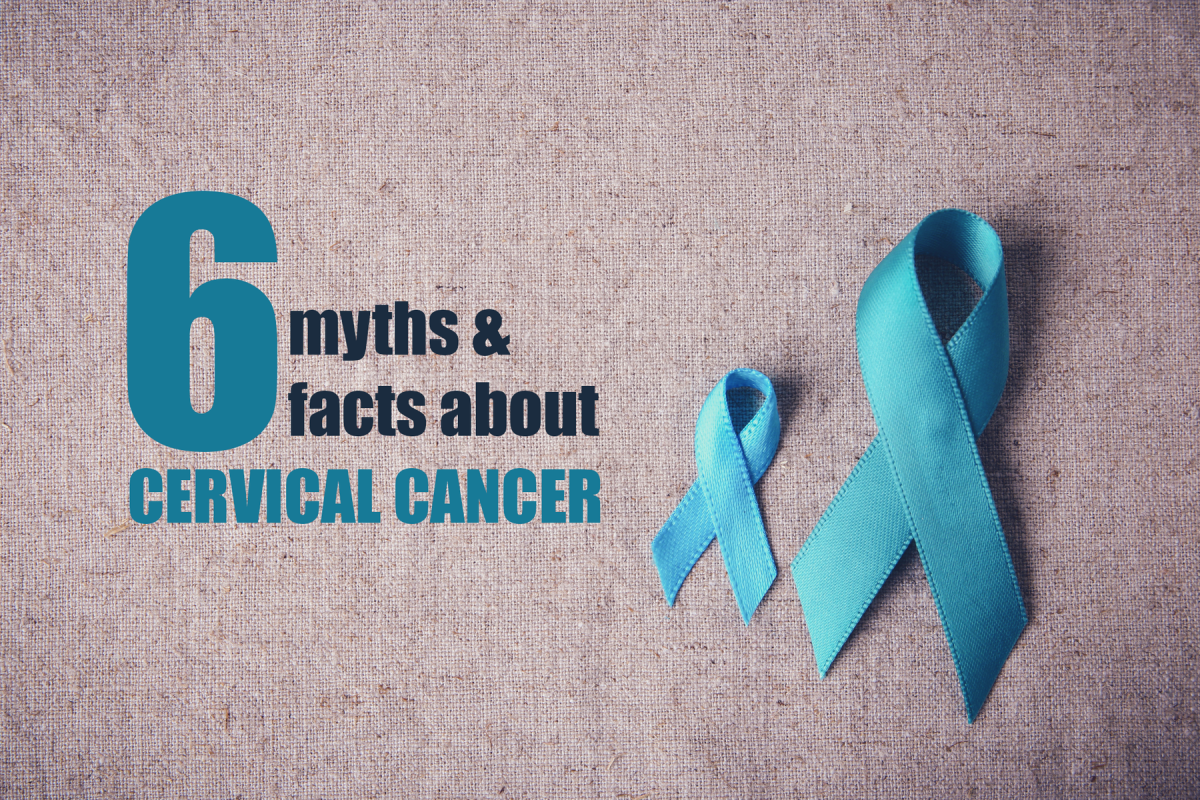Periods, also known as menstrual cycles, are an essential part of women’s reproductive health. It typically occurs every 21 to 35 days, with each cycle lasting about 3 to 7 days. However, many women experience irregularities in this process where either the flow is inconsistent or the length of the cycle varies.
Blogs
Polycystic Ovary Syndrome (PCOS) is a widely prevalent hormonal imbalance found among women of reproductive age. It comprises a variety of symptoms and health complications that significantly impact one's daily life.
Menopause is a condition wherein your regular menstrual cycle or period stops. It is for your own good! Menopause is usually diagnosed after 12 months when you do not have vaginal bleeding or spotting. It can happen either in your 40s or 50s. If that is the age for your menopause, do not worry! It is natural.
Polycystic Ovary Disease (PCOD) or Polycystic Ovary Syndrome (PCOS) often cause confusion due to their similar names and overlapping symptoms. While we’ll delve into the differences between the two later, let’s first explore PCOD.
The menstrual cycle is a monthly biological process where the uterus discharges blood and tissues. This process usually starts in the pre-adolescent stage and culminates with menopause in the late stages of middle age for most. For many women, the menstrual cycle can disrupt their daily lives and cause discomfort in carrying out day-to-day tasks. While discomforts such as muscle cramps, soreness, general tiredness, and acne are a regular part of the menstrual cycle, they can take a dangerous turn if proper menstrual hygiene is not followed. This is why creating proper menstrual hygiene awareness is of utmost importance.
Endometriosis is a disorder in which tissue similar to the tissue that forms the inner lining of your uterus grows outside of your uterine cavity. The lining of your uterus is called the endometrium. It most commonly involves your ovaries, fallopian tubes, and the tissue lining your pelvis. Rarely, endometrial tissue may spread beyond pelvic organs.
Fertility for women is defined as the ability to conceive children. Every couple trying to conceive should be aware of some essential facts about reproduction and female fertility because correct knowledge will empower them to take the right decisions regarding their reproductive health.
Breast cancer is one of the most common cancer among women in India. But the good news is that breast cancer isn’t what it was years ago. Survival rates of breast cancer cases are higher now. Thanks to greater awareness, early detection, and advances in treatment.
Of all the cancers affecting women, cervical cancer has become the second most commonly known cause of cancer-related deaths in India. On an average, there are about 122,000 new cases of cervical cancer detected annually in our country, out of which 67,500 women succumb to the disease due to lack of knowledge about it.
It is normal for many women to feel nervous or uncertain before their visit to the gynecologist. It means accepting the fact that you have stepped from girlhood into womanhood. A gynecologist helps you listen to your body more carefully. With regular gynaecological check-up, you can take control of your physical, sexual, and reproductive well-being including - birth control, childbirth, and menopause. An ob-gyn also screens for cancer, treats infections, and performs surgery for pelvic organ or urinary tract problems.

 Call-an-Ambulance
Call-an-Ambulance













